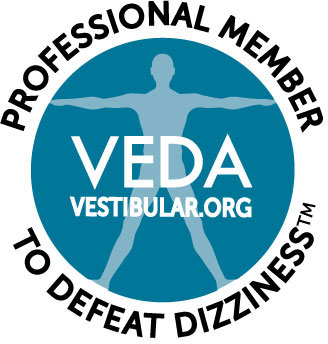A large percentage of our patient population are people who complain of dizziness when they are driving. If you are one of these people, you may feel as though you have exhausted all of your options with medical tests and multiple doctors. We believe that dizziness when driving is usually a visual issue.
There are one or two factors that occur while you are driving that can cause dizziness. First, turning your head or eyes left to right while driving can cause intermittent double vision. We can measure the extent of the double vision in our office and then correct for it using aligning eyeglass lenses. The second factor is the process of accommodation of the eyes. Accommodation is the ability of the eye to change focus from far distance to near distance and vice-versa, and is achieved by the lens in the eye changing shape. Driving is a visual task – a driver is continually shifting their view from the dashboard, to the mirrors, to the road, and back again. As we age, eye accommodation becomes more difficult due to the loss of the elasticity of the lens in the eye. When your eyes are unable to smoothly and quickly change their focus from near to far distance, you develop the sensation of dizziness. This dizziness can also cause anxiety. Patients tend to be the most symptomatic on bridges, driving around curves, and driving at high speeds.
Tom, a 51-year-old male, came to our office complaining of anxiety when driving. He stated that his symptoms were worse when driving over bridges, around turns, in wide-open spaces, and when driving at fast speeds. He felt relief if he visually followed the lines on the road or tailgated the car in front of him. When he drove on a highway, he would shortly switch to the service road to decrease his severe sense of anxiety. While driving at night, he would often have to pull over and close his eyes. Our visual testing revealed significant farsightedness and convergence insufficiency. Tom responded well in our office to the trial framing of the aligning eyeglass prescription. He felt increased comfort and clarity. He was amazed at the details he could see in his surroundings that he had been missing before wearing the aligning lenses. A progressive lens with horizontal micro-prism was prescribed for Tom’s full-time wear.
The doctors at the Neuro Visual Center Of New York are trained in neuro visual optometry to diagnose and treat binocular vision dysfunction. Micro-prisms are quarter step prisms in aligning eyeglass lenses that are used to correct a binocular vision dysfunction. As small as 0.25 of prism can lead to a drastic reduction in the wearer’s dizziness and anxiety. A routine eye exam will not be able to find or measure these small misalignments of the eyes. Stop the dizziness and feeling of anxiety and call the Neuro Visual Center of New York today to set up an evaluation.






Always get dizzy while drivng
A large percentage of the time, if you only get dizzy when driving, this is a visual problem.
All the symptoms described in the article are exactly my problem. I feel trapped cause I live in Poland and here any doctor ever heard about that stuff i feel like I’d live in medieval…
There is any possibility to get prisms from you if there is no possibility to visit the clinic?
I am sorry we cannot treat remotely. However, try covering one eye to see if that helps.
We wish you the best and hopefully you can come visit us one day!